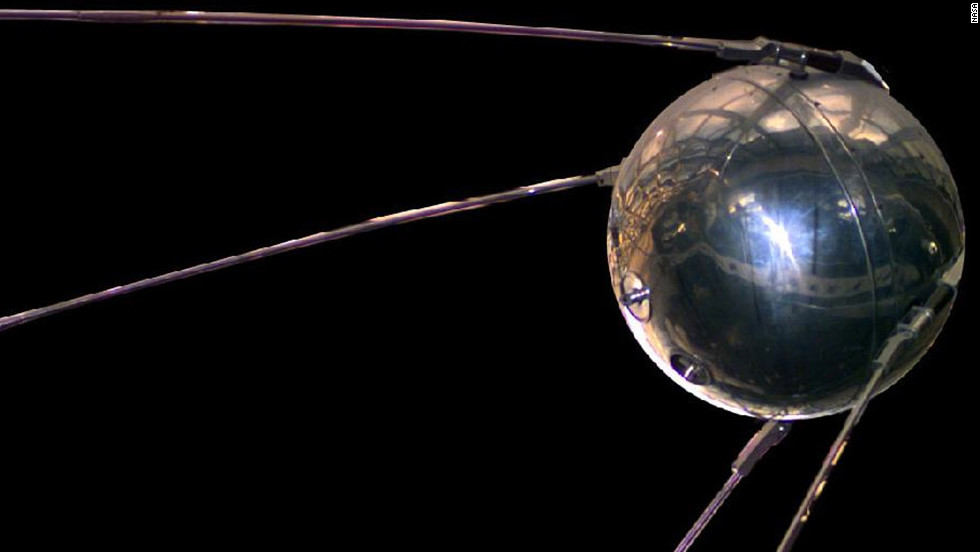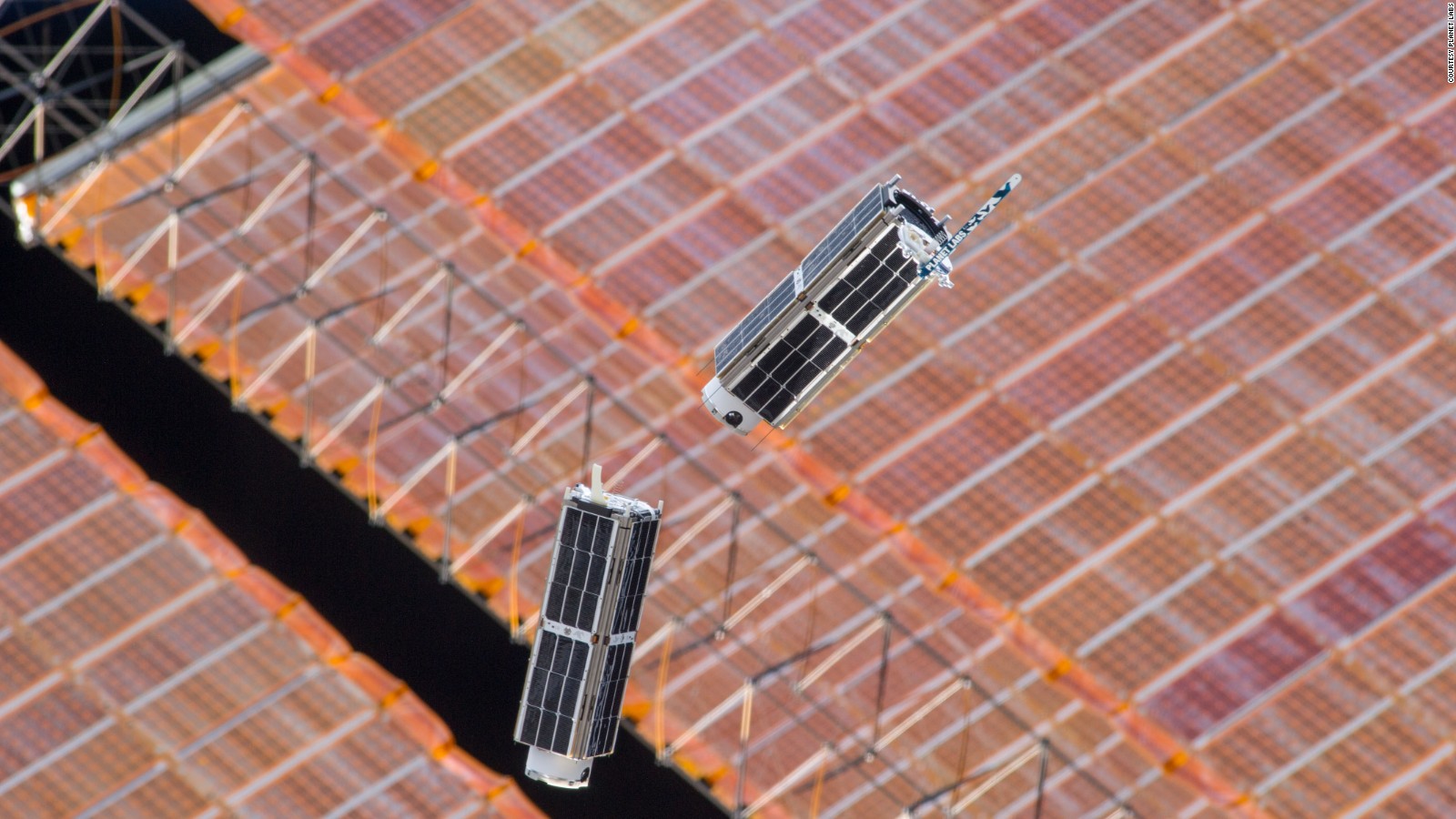As reported by EE Times: As the term UAV (unmanned aerial vehicle) suggests, drones are supposed to fly autonomously. And there’s the rub.
 According to Williams, “channelization schemes” need to be worked out, which are essentially rules about how much power you can transmit, what center frequency you have to use and what out-of-band power you can tolerate, etc.
According to Williams, “channelization schemes” need to be worked out, which are essentially rules about how much power you can transmit, what center frequency you have to use and what out-of-band power you can tolerate, etc.
Unresolved questions for regulators and drone manufacturers are: a) how drones, while flying, can maintain a reliable communication link with the ground for “command and control,” and b) if so, what communication spectrum is available.
Panelists on the recent EE Times’ Radio Show on drone talk debated what lies ahead for commercial drones.
As currently proposed rules for commercial drones are written (proposed in Feb. by FAA), drones are banned from flying at night and operating beyond line-of-sight. More important, under proposed rules, “drones can’t fly over personnel unrelated to a [drone] project,” noted lobbyist Michael Drobac, executive director of the Small UAV Coalition, during the radio show. In essence, “you are for the most part prohibiting the use of drones for commercial purposes all together,” stressed Drobac.
The irony of the proposed drone regulation is that it permits “no robotization.”
“It’s as if we are putting some sort of manned overlay over what’s supposed to be an unmanned system,” Drobac summed up.
The chief concern that emerged during the drone debate is the communication link between drone and pilot. The key question is whether drones need a dedicated communication spectrum, or if Wi-Fi and cellular communication links suffice.
5GHz for dedicated drone communication
The drone industry will be getting two bands they can use for dedicated communication.
The drone industry will be getting two bands they can use for dedicated communication.
The World Radio Conference, which takes place every four years, has already approved — in 2012 — “a spectrum around 5GHz” for command and control of UAVs, explained Jim Williams, ex-FAA chief.
This is a vacant band originally set aside for “microwave landing systems.” It’s designed as an all-weather, precision landing system for aircraft. This spectrum has since been made obsolete by the wide availability of GPS, he said. Hence, it’s unused.
There is also “a small chunk of L-band around 1GHz” – originally set aside for aircraft to see ships at sea — now approved for dedicated drone communication, he added.
During the radio show, Williams acknowledged that a handful drones today are permitted to fly in the United States beyond line of sight and over people. But one of the requirements is that they have “reliable communication between a pilot and an aircraft.”
Those drones with permission to fly beyond line of sight, for example, depend on relatively unregulated public frequencies used by Wi-Fi and mobile phones. Williams noted, “But those [frequencies] are set up in such a way that is not tremendously reliable, since when a lot of people are using it, your range drops.” In some incidents, drones flew away when signals got jammed, he added.
Although drones are getting smarter and are dealing with [such potential problems], Williams insisted, “Reliable communication is a key for the [drone] industry.” For that, the world is moving toward allowing drones to use a dedicated spectrum – within 5GHz – for their communications.
Asked about the reliability of Wi-Fi and cellular networks as communication links, Yannick Levy, vice president, corporate business development at Parrot, said, “As a drone maker, I’d like to say that both Wi-Fi and cellular networks are good networks, developed by professionals. They have redundancy in place.” But he acknowledged that The French Civil Aviation Authority (Direction générale de l'aviation civile, DGAC) doesn’t allow commercial drones to use cellular networks, either. “They want a special network dedicated to drone flight.”
What about Delair-Tech, the French drone company known as the first civilian UAV in the world approved by an official government agency to fly beyond visual line-of-sight? Delair-Tech’s drones use 3G for communication.
Levy said Delair-Tech is one of the French drone companies who exempted to fly beyond visual line of sight, with their drones having a cellular modem onboard. “Their intent is trying to demonstrate that it works.”
Who will manage the spectrum?
Although the FCC recently changed the U.S. table of allocation – issuing rules about what can and can’t be done to various portions of spectrum, drones can’t yet begin to transmit signals on those bands.
Although the FCC recently changed the U.S. table of allocation – issuing rules about what can and can’t be done to various portions of spectrum, drones can’t yet begin to transmit signals on those bands.
The Radio Technical Commission for Aeronautics (RTCA) is working to establish such rules. They’re due next summer. The regulatory process will start afrer that's done, said Williams.
The big question, however, is spectrum management. “Who’s going to… assign those channels to users,” the ex-FAA chief noted. “There really isn’t enough [spectrum] to pass out to all users and take all comers.”
An industry consortium or a government process must be put in place, and that’s when “a non-traditional approach” may be needed, observed Williams. “The traditional approach would take 10 years to get through this, and this is where the industry push is necessary so that they can start taking advantage of the spectrum.”
Compete with Wi-Fi?
As much as a dedicated drone communication spectrum makes sense, the 5GHz spectrum currently can’t be accessed by Wi-Fi chips.
As much as a dedicated drone communication spectrum makes sense, the 5GHz spectrum currently can’t be accessed by Wi-Fi chips.
According to Williams, new drone spectrum wouldn’t compete with Wi-Fi, because this is an “unused, clean band.” But Parrot’s Levy pointed noted that this isn’t exactly good news for drone makers like Parrot who thrive on standards components used in smartphones to keep the cost down. If the FAA assigns drones to the newly dedicated spectrum, drones can no longer use widely available, cheap Wi-Fi chips. Ergo, more expensive drones, he said.
During the online chat on the EE Times Radio Show, the ex-FAA drone chief reiterated why the existing cellular infrastructure is hardly ideal for drone communication.
He noted, “There are many problems with using existing cellular infrastructure for controlling drones. The antennas are pointed at the ground not the sky, the technology is not set up for high speeds, some of the spectrum used is prohibited from being transmitted from an airborne transmitter, and the lack of link reliability is also a problem.”
Qualcomm’s director of engineering Chad Sweet, countered: “Jim, it turns out, due to free space properties, even with the antennas pointed at the ground the problem is seeing too many towers and not too few.”
Obviously, the lack of cell signal availability worries drone users. Qualcomm’s Sweet said, “As the craft goes higher in rural areas, the coverage gets better.” However, he added, “Existing networks would likely only be a stop-gap. A dedicated network would be needed longer term.”
There are alternative communication methods, but they aren’t great. “A satellite transceiver is too heavy for small UAVs,” Sweet said. He opined that cellular networks might be designed for all sorts of coverage scenarios. “Australia is a great example. They have sites that go for up to 100 miles.”
Sweet concluded. “Cellular technology has been optimized for efficient multiple access over the last 30 years. It also has a nice property of being light weight. Regardless of spectrum chosen, leveraging cellular technology will help quickly deploy UAV to ground communications.”






















